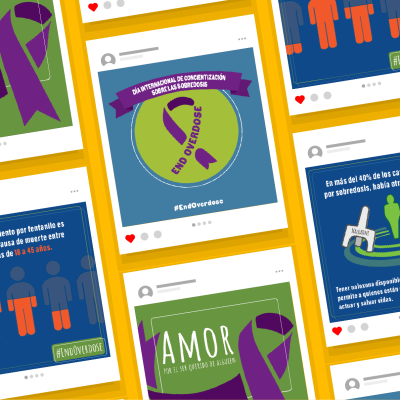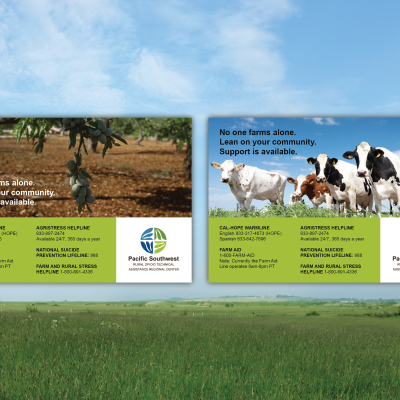
This webinar examines digital peer support using whole health technology. In this recording, Dr. Karen Fortuna and Robert Walker explore how people use technology platforms to support complete health - physical mental, and social wellbeing through peer connections and community support.

This webinar explores the unique challenges that rural communities face when supporting individuals in recovery. Strategies of sustainable recovery initiatives will be covered along with best practices for creating long-term support systems, ultimately to improve outcomes in rural areas.

This webinar explores stigma and stigma specifically in the context of substance use. There is also discussion of language in relation to stigma, stigma in healthcare setting, and communication concepts related to stigma and stigma reduction efforts.

This webinar presentation is designed to provide essential knowledge about preventing opioid overdose deaths. We explore how we got here and current drug supply trends, including the prevalence of synthetic opioids, contamination with potent analogs, and emerging substances contributing to increased overdose risk.

